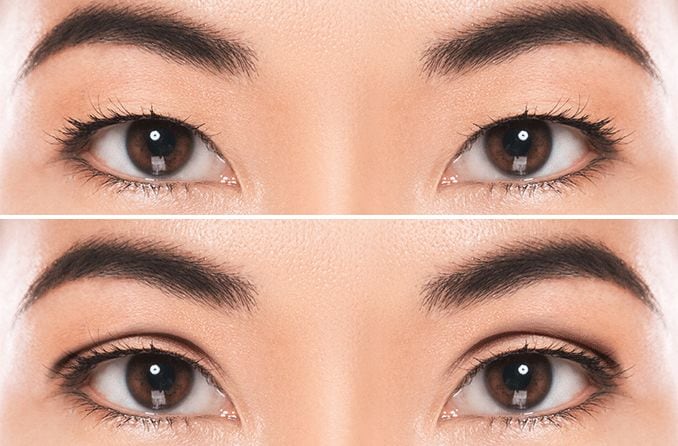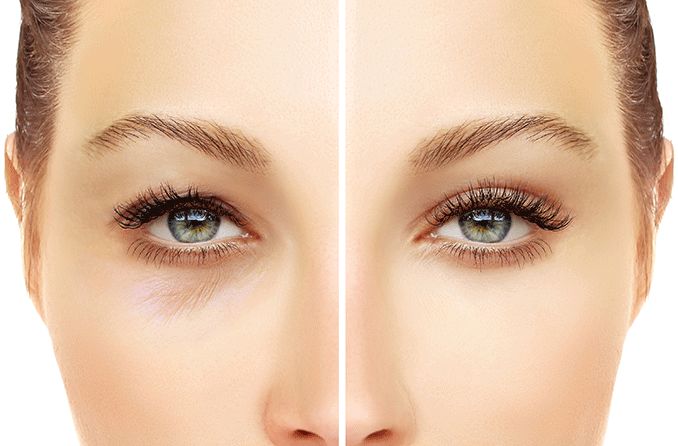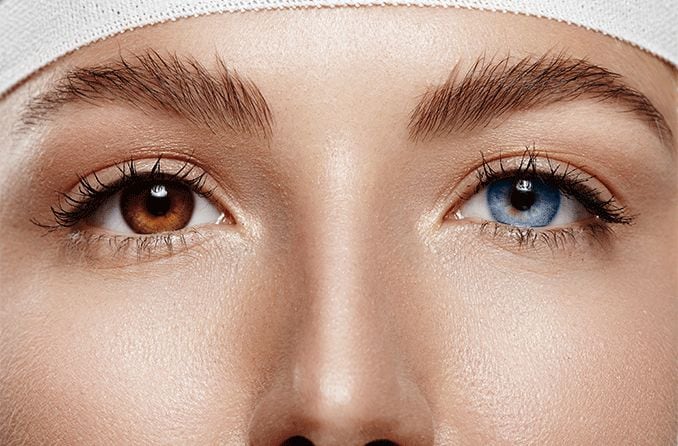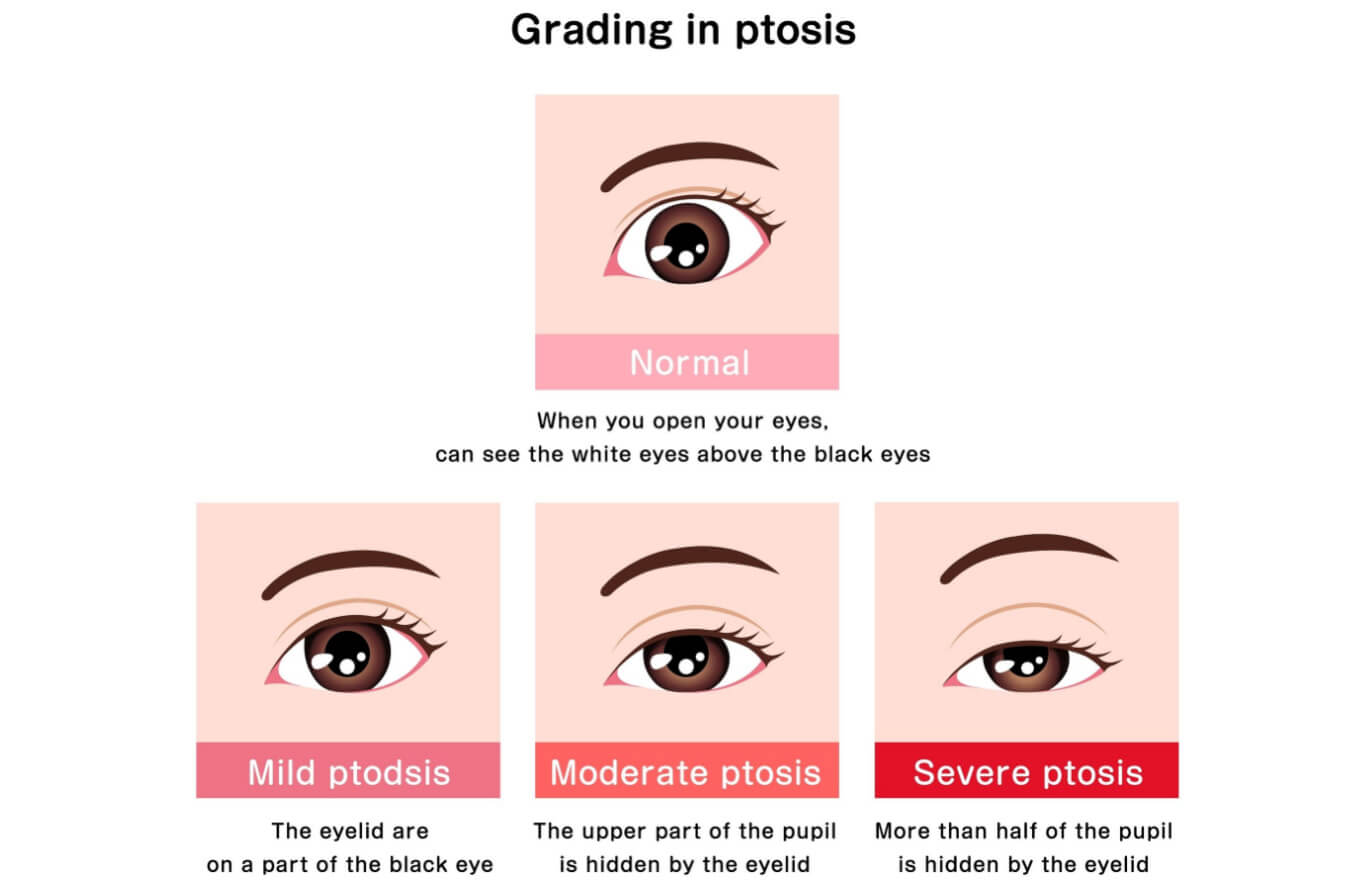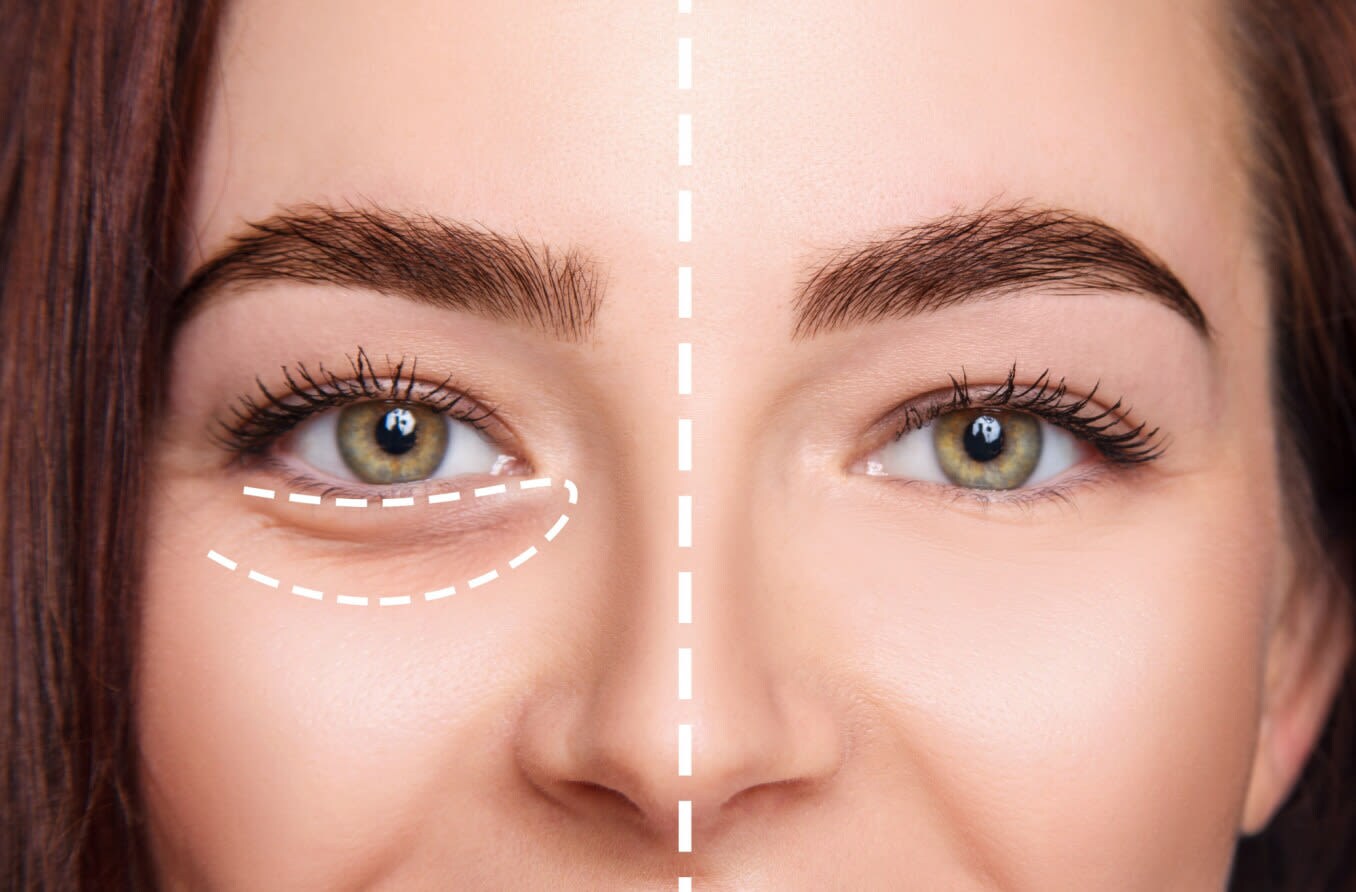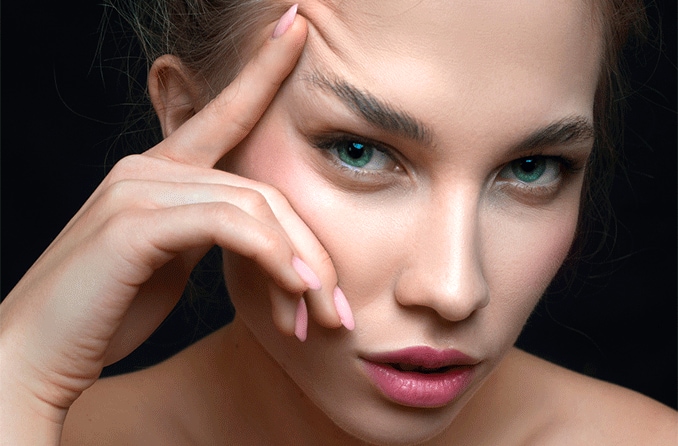What is double eyelid surgery?
Double eyelid surgery is a cosmetic procedure to treat monolid — a condition in which there’s no natural fold in the upper eyelid between the eyelashes and the eyebrow. By creating a crease (or fold) in the upper lid, the surgery increases the space between the upper and lower lids, making the eyes appear larger.
Monolids tend to be more common in Asian communities. Some people with monolids seek double eyelid surgery to create a more "Westernized" eye appearance, which can be controversial — many people strongly oppose the procedure.
Knowing how the procedure works — as well as the risks and alternatives — is an important first step in deciding if double eyelid surgery is right for you.
Monolid vs. double eyelid
The main difference between a monolid and a double eyelid is cosmetic — that is, it typically doesn't affect eye health or vision.
Most people with monolids who choose to get double eyelid surgery do because they prefer the look of a double eyelid.
Double eyelid surgery isn't always entirely cosmetic. In some cases, people getting double eyelid surgery may also want to correct a structural issue, such as a droopy eyelid (ptosis) or inward-growing eyelashes ( trichiasis ), that can cause eye irritation or make it more difficult to wear contact lenses.
Also, not everyone has either single or double eyelids. Some people have eyes that are "in between,” with a very slight crease that’s not very prominent. In those cases, it is possible to get surgery to create a more obvious eyelid crease.
Double eyelid surgery vs. blepharoplasty
Double eyelid surgery — sometimes called Asian eyelid surgery or Asian double eyelid surgery — is one type of blepharoplasty (“BLEH-fuh-row-plas-tee”), which is the medical term for eyelid surgery.
Double eyelid surgery typically involves only the upper lid and is performed for one or more of the following reasons:
Create the appearance of a crease above the eye
Change the eye to more of an "almond" shape
Make the eye appear larger
Decrease eye puffiness by removing fat around the eye
Fix a functional problem with the eye, such as an excess skin that droops over the eye, or an eyelid position that causes the eyelashes to brush against and irritate the eye (trichiasis).
Each case is different, and your cosmetic eye surgeon will create a plan with your goals in mind.
SEE RELATED: Eyelid surgery: What it is, how much it costs, what the risks are
Types of double eyelid surgery
There are three main techniques used for double eyelid surgery. The one your doctor chooses will depend on both your preference and your individual needs — for instance, if you desire to create an eyelid crease, as opposed to making an existing crease more distinct.
The main types of double eyelid surgery are:
Full incision double eyelid surgery – During this procedure, the surgeon makes a full incision along most of the new eyelid crease and uses removable sutures to hold the eyelid in place during healing. This procedure typically works for patients with excess fat and skin that need to be removed from the upper eyelid. There may be a light scar all along the crease.
Partial incision double eyelid surgery – The partial incision procedure is done in a similar way, but the surgeon makes the incision as small as possible in order to minimize the size of the scar. This procedure may be the best choice for patients who need excess skin (but not fat) removed from the eyelid.
No incision double eyelid surgery – This is the least invasive way of performing double eyelid surgery because no incisions are required. It may be a good option for patients who don't need any skin or fat removed. The surgeon creates small holes in the eyelid and threads permanent sutures through the holes to create a crease. This is the most "reversible" of all of the procedures. However, the downside is that the crease may come undone over time.
Risks of double eyelid surgery
Any eyelid surgery carries risks. If you're considering double eyelid surgery, it's smart to weigh the risks carefully first.
Common negative outcomes of double eyelid surgery include:
Eyelid surgery complications — Eyelid surgery can result in eyelid infection, numbness of the eyelids and inability to close the eyes completely, which can cause very dry eyes.
Lack of satisfaction with the result — It’s not uncommon for patients to risk dissatisfaction with the result of cosmetic surgery. However, eyelid surgery poses different challenges. For instance, it may be more difficult to perform on Asian or Asian-American patients due to eyelid structure, and this could affect satisfaction with the result.
It's important to carefully think through the decision to get double eyelid blepharoplasty and to consider the risks ahead of time. Look for a doctor with experience performing the procedure who has before-and-after photos of previous work.
Is double eyelid surgery permanent?
Depending on the type of procedure, double eyelid surgery may be permanent or reversible. If you have had a double eyelid surgery in which the doctor made a full or partial incision, the procedure typically can't be reversed. However, if you had a no-incision double eyelid surgery using permanent sutures, your doctor may be able to release the sutures to re-create monolids.
Double eyelid tape vs. surgery
Double eyelid tape is a special tape that can be affixed to the eyelid to create the look of a double eyelid without surgery. As an alternative to double eyelid tape, some people use double eyelid glue.
You might be tempted to try double eyelid tape or glue if you're not comfortable with the risks of surgery or if you want to see how you might look with double eyelids. However, there are downsides to using these products from an eye health perspective. Double eyelid tape or glue can irritate the skin of the eyelid and even cause the skin to thicken or stretch over time.
As an alternative to double eyelid tape, glue or surgery, some people use double eyelid makeup techniques to create the illusion of an eyelid crease.
Talk to your eye doctor if you're considering double eyelid surgery or have any issues with your eyelids that are causing vision problems or eye irritation.
If you're a good candidate for double eyelid surgery, your ophthalmologist may be able to perform the surgery, or refer you to an oculoplastic surgeon or general plastic surgeon for a consultation.
READ NEXT: Asian fit glasses

